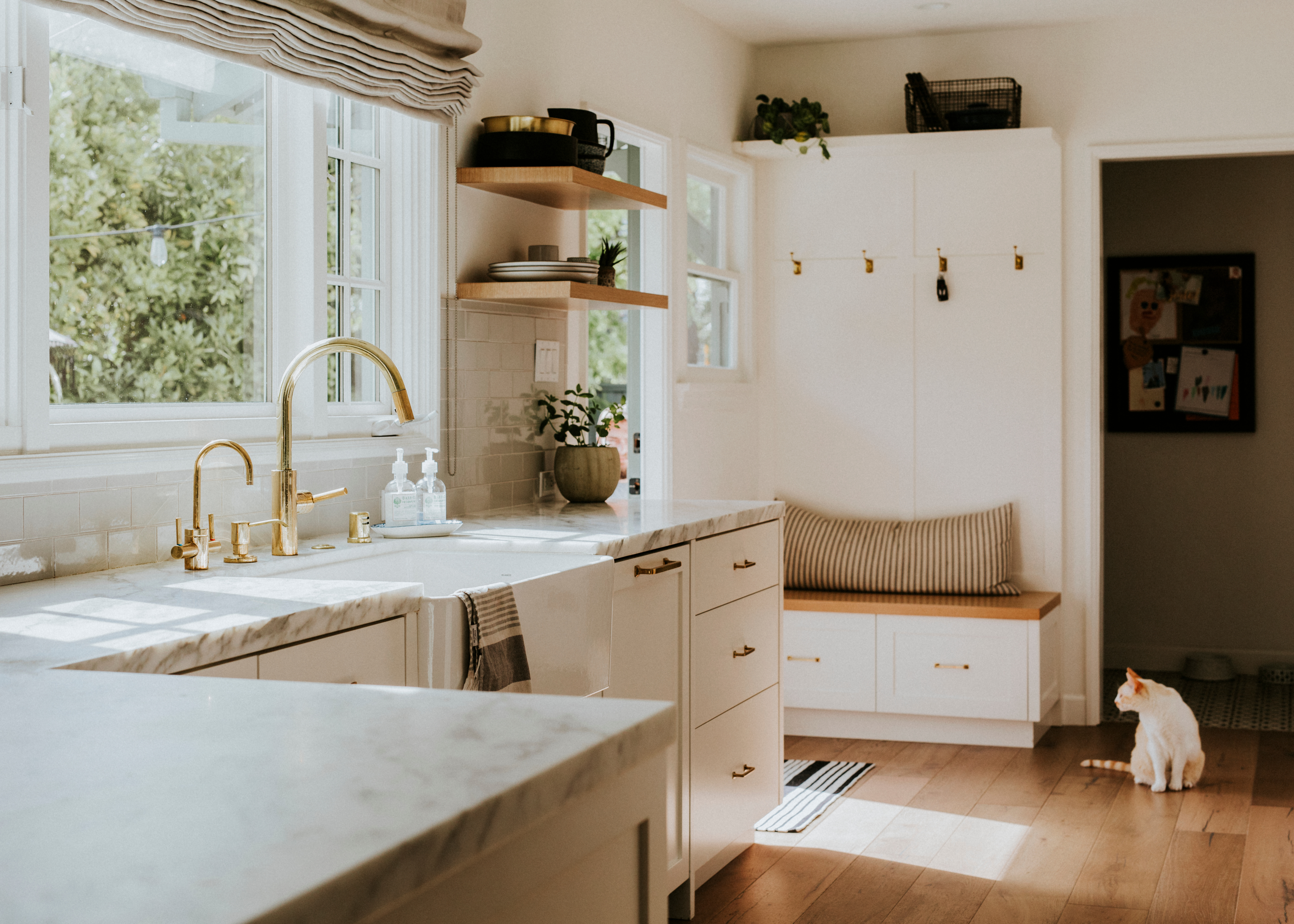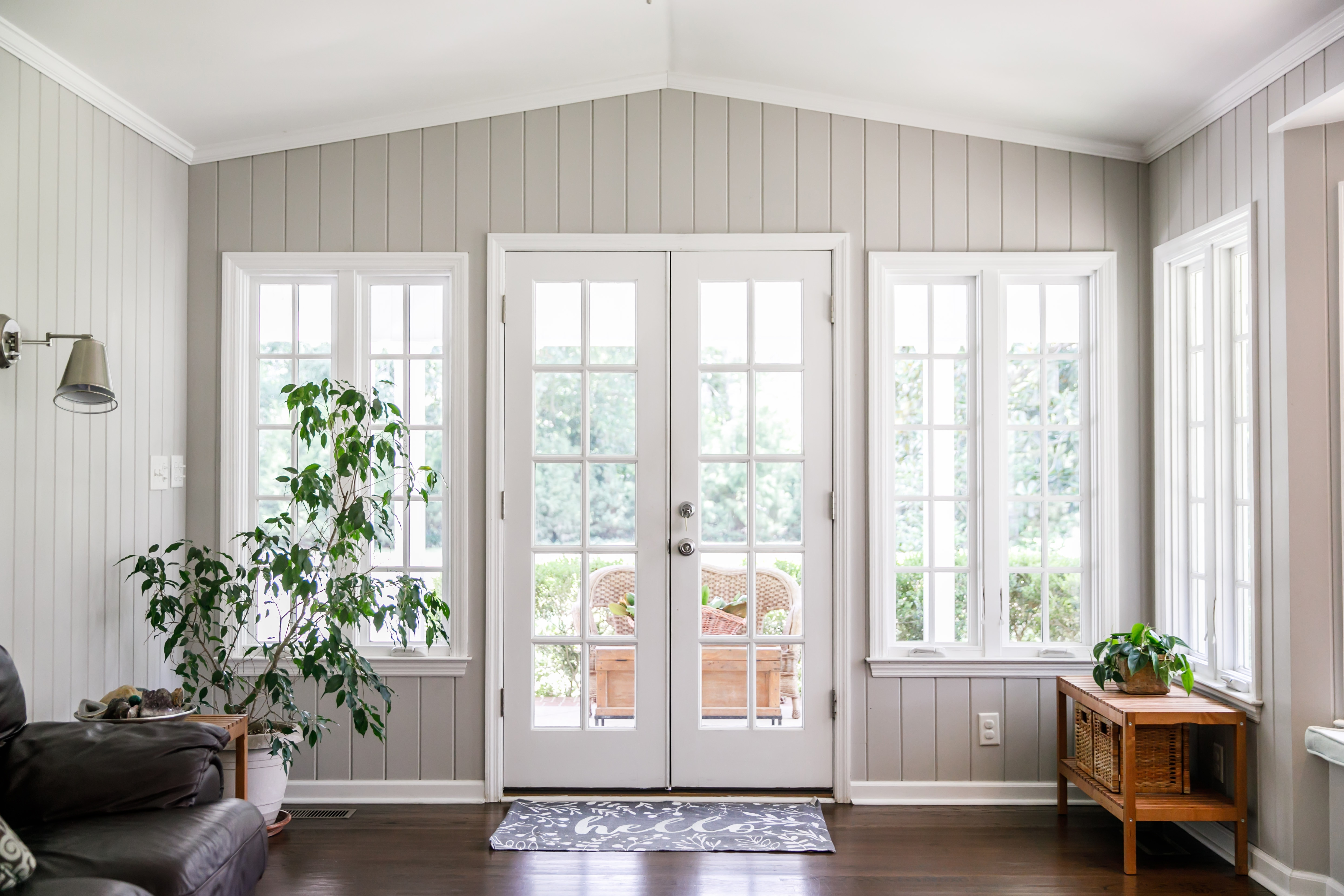Bringing Natural Light into your Home Part II: Design
It’s summer. A time when the sunshine is plentiful. When the days grow longer, and the evening golden hour illuminates the rolling hills of Holmes County in the most beautiful way.
All year long I anticipate the brightness and warmth of summer. Ever since I was a child, those two things have brought me joy. The sun seems to naturally draw out the best from the world. From the vegetables growing in rich gardens to the time spent outdoors with good friends.
As a designer, I look for any opportunity to bring natural light inside the home year-round. This blog post is the second in a three-part series about this very topic. Last month we covered the benefits of natural light and this month we will focus on important home design considerations as you think about ways to bring natural light into the home.
Design Considerations
Let’s talk about why design matters. Can you remember different public spaces you have spent time in throughout your life? Whether a restaurant, school, or store comes to mind, you may have noticed that these spaces feel differently depending on how effectively they use lighting. Lighting can have a major effect on the way people feel in a space, which is why designing your home while considering your natural light sources is so important. 
Remodel vs. New Build
One of the important considerations when designing a space is to understand where the natural light can come from. During a remodel, you will have to work with the window placements that are already built into each room to best determine how the natural light can be used.
If you have the luxury to build from scratch, your contractor or architect, can help determine the best way to orient the structure, while keeping natural lighting placement in mind when windows and other fixtures are placed.
House Position
It is important to factor in the direction that a room is facing and the time of day. An east facing window will receive more morning light while a west facing window will see light through the afternoon and evening hours. Southern exposure generally receives more consistent sunshine throughout the day. Northern facing windows will see the opposite. With that in mind, bright and lively colors are recommended in rooms facing north, while cool and neutral colors should be used in rooms facing south to establish a balance.
Glare/Shading
Designers can create spaces that ensure occupants are exposed to natural light throughout the day, whether through the placement of windows, skylights, and/or through open plans that ensure all occupants have access to natural light. In addition, it is ideal if brightness levels are relatively even across the field of vision within a space. The location of openings and use of awnings and overhangs can help control glare and radiation, as can the use of controls such as internal or external shading.
As you can see, there are several key design elements to consider. Next month we will wrap up this three-part series with specific ideas for adding natural light to your home year-round. 
If you are already inspired, talk to our Window & Door experts to explore what options are best for you to experience the feelings of summer and positive effects of natural light in your home.
From my home to yours,
